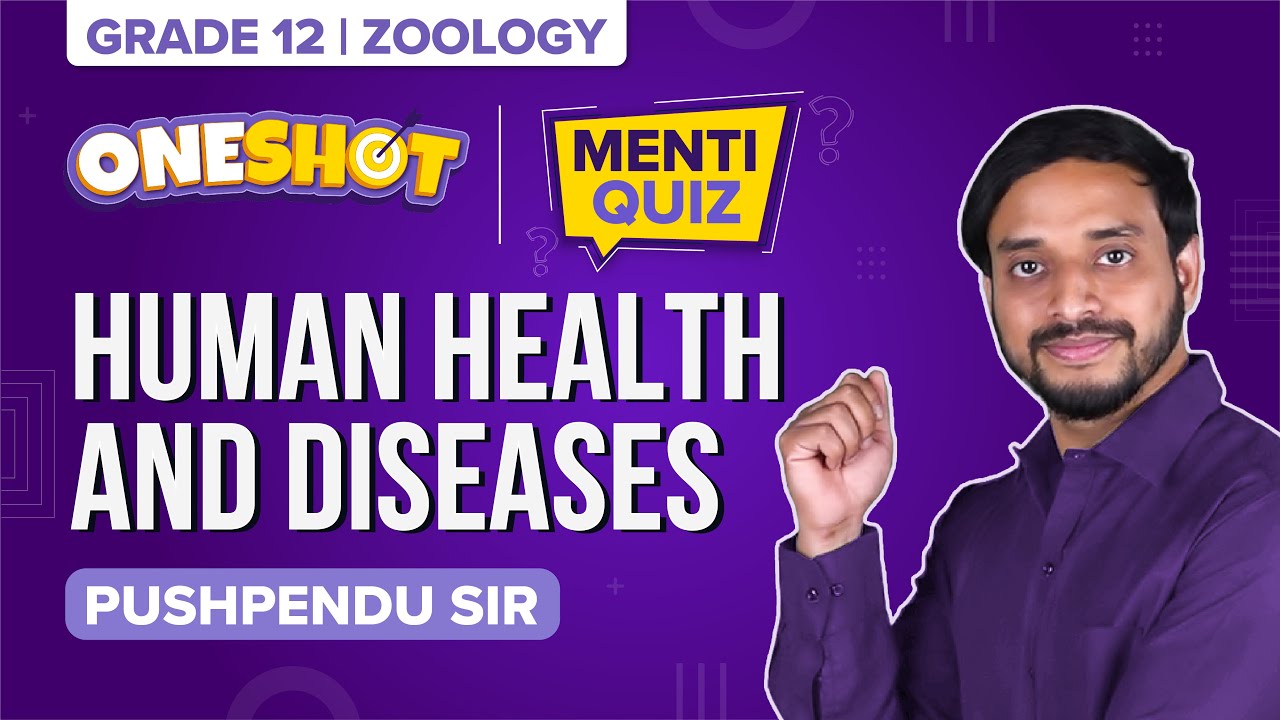Plasmodium vivax is a protozoan causing malaria. It is a parasite. It is carried by female Anopheles mosquitoes to humans. Different species of Plasmodium cause different types of malaria.
Download Complete Chapter Notes of Human Health and Diseases
Download Now
Plasmodium is a unicellular eukaryotic organism. It is a sporozoan and has a spore-like infectious stage in its life cycle. It completes its life cycle in two hosts, i.e. humans and female Anopheles mosquitoes.
Plasmodium vivax – ClassificationCharacteristics of PlasmodiumPlasmodium Life CycleFrequently Asked Questions
Plasmodium vivax – Classification
As per the new classification, Plasmodium is placed under the phylum Apicomplexa. The phylum Apicomplexa contains all the parasitic alveolates. They are mostly obligate endoparasites. They are spore-forming and unicellular. The characteristic feature is the presence of apicoplast, which is a non-photosynthetic plastid. It is used for the penetration of the host cells. The classification of Plasmodium is as follows-
| Domain | Eukarya |
| Kingdom | Protista |
| Sub-kingdom | Protozoa |
| Infrakingdom | Alveolata |
| Phylum | Apicomplexa |
| Class | Aconoidasida |
| Order | Haemosporida |
| Family | Plasmodiidae |
| Genus | Plasmodium |
| Species | P. vivax |
Characteristics of Plasmodium
Plasmodium is a unicellular eukaryote; hence it comes under the kingdom Protista. It is a parasite. All protozoans are heterotrophs. They are parasites or predators. The four main groups of protozoans are amoebae, ciliates, flagellates and Sporozoa. Plasmodium comes under Sporozoa. They are non-motile and spore-producing parasites.
Plasmodium is classified under infrakingdom Alveolata. Alveolates are protists. They are characterised by the presence of flattened vesicles or alveoli under the membrane, forming a pellicle.
The different species of Plasmodium that cause malaria are:
- P. falciparum
- P. ovale
- P. malariae
- P. vivax
P. falciparum causes malignant malaria and it is the most lethal type of malaria.
The various forms in the life cycle of Plasmodium are as follows:
- Sporozoite – The sporozoite of Plasmodium vivax is elongated and around 15µm long. It is stored in the salivary glands of mosquitoes and gets transferred from a mosquito to a human. They have thick pellicles and have peripheral fibres that help in locomotion.
- Schizont – The mature liver schizont measures 40-80 µm in diameter. They release merozoites on rupture. The erythrocytic schizont is 7-8 µm in length and is as big as RBCs. They are multinucleate and contain multiple merozoites.
- Immature trophozoites – The Plasmodium vivax trophozoites are ring-shaped and are produced in the erythrocytes. They are about 1-2 µm in diameter.
- Mature Plasmodium trophozoites – They are irregular in shape (amoeboid). They contain a brown pigment or haemozoin which is derived from the haemoglobin of the infected RBCs.
- Gametocytes: The gametocytes are around 7-14 µm. The shape and size of gametocytes differ in different species of Plasmodium. The gametocytes are produced in the RBCs.
- Zygote – Formed by the combination of micro and mega gametocytes.
- Ookinete – The zygote develops into motile ookinetes. They are elongated and around 15-20 µm in length. They migrate through the midgut wall of the mosquito and develop into oocysts.
- Oocyst – It is around 50 µm in diameter. The oocysts develop into sporozoites that enter the salivary glands and are stored there.
| Download: Answer Key of NEET 2022 |
The sporozoite, schizont and trophozoites are asexual stages, whereas gametocytes, zygote, ookinetes and oocyst are the sexual stages in the lifecycle of Plasmodium.
Plasmodium Life Cycle
Plasmodium vivax completes its life cycle in two hosts. The sexual phase of the life cycle occurs in insects and asexual reproduction occurs in humans. The female Anopheles mosquito also acts as a vector or transmitting agent.
Asexual Stage
Sporozoite is the asexual stage of the Plasmodium. It is the infectious stage that infects humans. Sporozoites get transmitted from the female Anopheles to humans when the infected mosquito bites. The sporozoites reach the human liver cells and mature into schizonts. The cells burst and it releases merozoites into the blood. The initial multiplication in the liver is called exo-erythrocytic schizogony. In Plasmodium vivax, a dormant stage may persist for weeks to even years, if remain untreated. It is known as hypnozoites.
Merozoites attack RBCs and multiply asexually leading to the rupture of RBCs. The asexual multiplication in the erythrocytes is known as erythrocytic schizogony. The merozoites change into the ring-stage immature trophozoites, which mature into schizonts. Schizoints rupture and release merozoites. They release a toxic substance known as haemozoin. Haemozoin is responsible for recurring chills and high fever during malaria.
See more: MCQs on Vector-borne Diseases
Sexual Stage
The male and female gametocytes are produced in the RBCs of humans. Some of the trophozoites in erythrocytes differentiate into gametocytes, which is the sexual stage. It forms microgametocytes (male) and megagametocytes (female).
When a female Anopheles mosquito bites an infected human, it takes up the gametocytes with blood. Further fertilisation and development take place in the gut of the female mosquitoes. The multiplication in mosquitoes is known as the sporogonic cycle.
The male gametocytes penetrate the female gametocytes leading to the formation of zygotes in the stomach of mosquitoes. Zygotes develop into ookinetes as they become motile and elongated. Ookinetes enter the midgut wall and develop into oocysts. Oocysts rupture and release sporozoites, which is the infective stage for humans.
The sporozoites migrate to salivary glands and are stored there. When an infected mosquito bites a human, these sporozoites enter the human blood and the cycle continues.
Life Cycle Diagram

This was all about the Plasmodium vivax. Learn more about other related concepts for NEET, only at BYJU’S.
Recommended Video:
Human Health and Disease Class 12 Biology – Menti Quiz | NEET Biology Questions | NEET 2022 Prep

Also Check:
- CD4 Cells
- Lymphocytes
- Opioid Drugs
- Diseases Caused By Bacteria MCQs
- Important Notes Of Biology For NEET Human Health And Disease
- Flashcards Of Biology For NEET Human Health And Disease
Comments